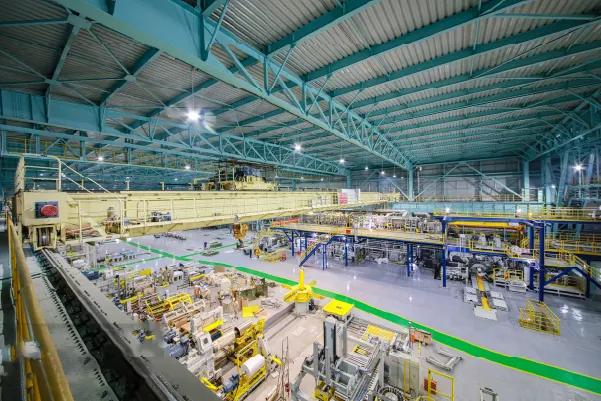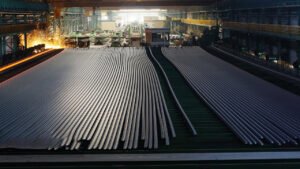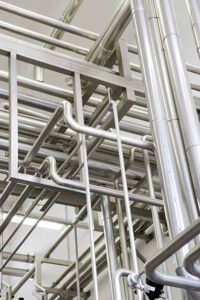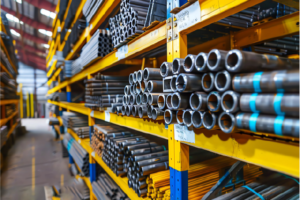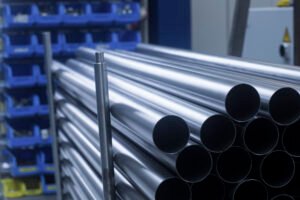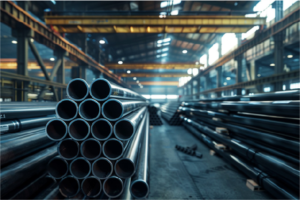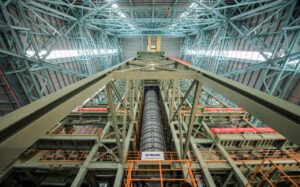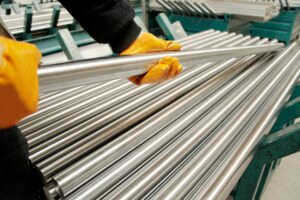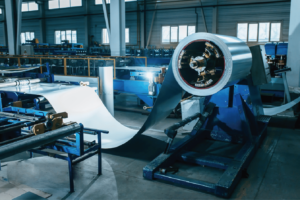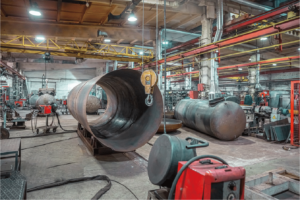What is the Most Cost-Effective Type of Stainless Steel Pipe? A Guide for Bulk Contractors
Choosing the wrong stainless steel pipe can drain your project budget. The complexity of options is overwhelming, leading to costly mistakes. I will guide you to the smartest, most cost-effective choice.
The most cost-effective stainless steel pipe is not always the cheapest upfront. It is the one that best balances initial material cost with long-term performance, durability, and low maintenance. For many demanding applications, duplex stainless steel offers the optimal lifecycle value.
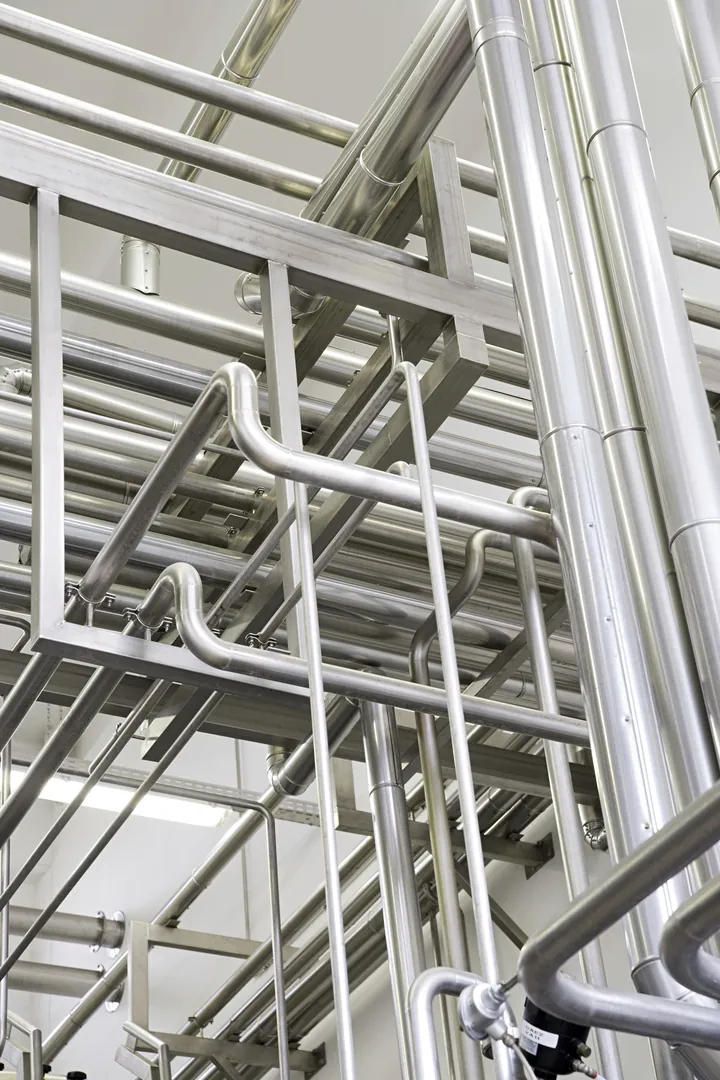
As a bulk contractor, every decision impacts your bottom line. The choice of stainless steel pipe is one of the most critical. It’s not just about finding the lowest price per meter; it's about investing in a material that ensures the integrity and longevity of your project without hidden costs down the line. In my role at MFY, I’ve helped countless contractors navigate this decision. Let's break down the options so you can make a choice that delivers true value, not just a low initial invoice.
What are the main types of stainless steel pipes for bulk contractors?
With so many grades available, it's easy to feel lost. Choosing without a clear understanding can be a gamble. Let's simplify the landscape and focus on the three main families.
The primary types for bulk contractors are austenitic (like 304 and 316), ferritic (like 430), and duplex (like 2205). Each family provides a different mix of corrosion resistance, mechanical strength, and cost, suiting them for different project requirements.
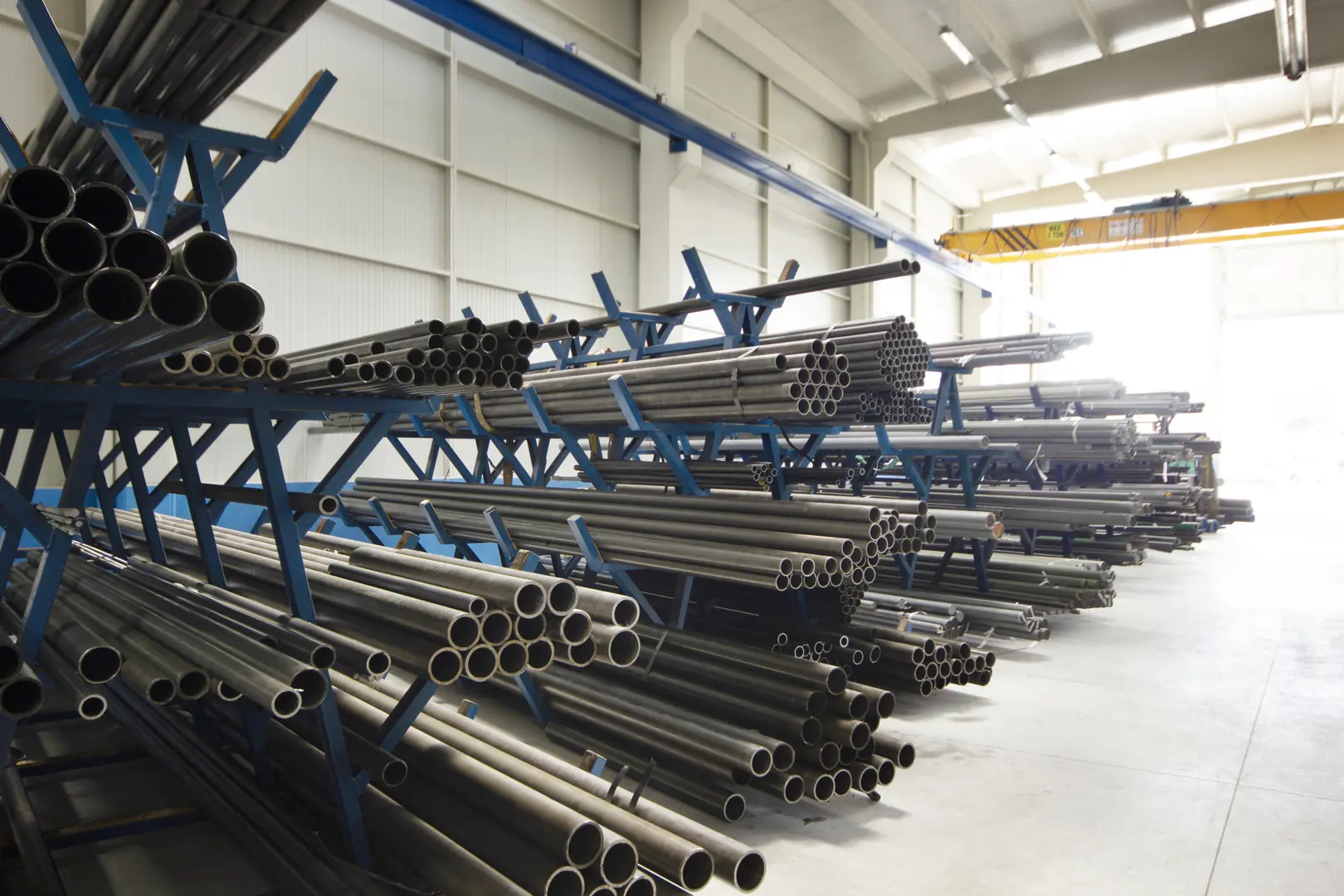
Choosing the right pipe begins with understanding the fundamental differences between the main stainless steel families. Each has its place, but one may be significantly more cost-effective for your specific project than another. At MFY, we see our role as helping you match the material to the application perfectly.
The Workhorses: Austenitic Steels (304/316)
Austenitic grades are the most common and widely recognized stainless steels. Grade 304 is a fantastic general-purpose option for applications like water pipes and architectural structures. When you need enhanced corrosion resistance, especially against chlorides found in marine or chemical processing environments, Grade 316L is the traditional upgrade. They are both known for their excellent formability and weldability, making them a default choice for many contractors. However, their price is heavily influenced by nickel content, which can be volatile. They are reliable, but not always the most economical when high strength or specific corrosion challenges are present.
The Budget-Friendly Option: Ferritic Steels (430)
Ferritic steels, like Grade 430, contain very little nickel, making them a much cheaper alternative upfront. They offer good corrosion resistance in mild environments and are often used in applications where aesthetics are important but the corrosive challenge is low, such as indoor decorative trim or exhaust components. However, their lower strength and reduced weldability compared to austenitic grades mean they are not suitable for high-pressure or structurally demanding applications. For bulk contractors in construction or industrial fields, ferritic pipes are a niche solution, not a go-to for critical infrastructure.
The Smart Solution: Duplex Steels (2205)
This is where the real value engineering comes in. Duplex stainless steels, like the popular 2205 grade, have a mixed microstructure of both austenite and ferrite. This dual-phase structure gives them the best of both worlds: the good weldability of austenitic grades combined with superior strength and outstanding resistance to stress corrosion cracking[^1]. Their high strength means you can often use pipes with a thinner wall, reducing the total weight and material cost for a project. For demanding environments like petrochemical plants, desalination facilities, or coastal infrastructure, duplex is often the most cost-effective choice over the project's lifecycle.
How do the costs of these stainless steel pipes compare?
Your budget is always a primary concern. But simply comparing the price per meter is a critical error. Let's look at the real cost factors to understand the full picture.
Generally, ferritic pipes are the cheapest, followed by austenitic grades like 304 and 316. Duplex pipes may have a higher initial cost per kilogram, but their superior strength can lead to lower overall project costs and superior lifecycle value.
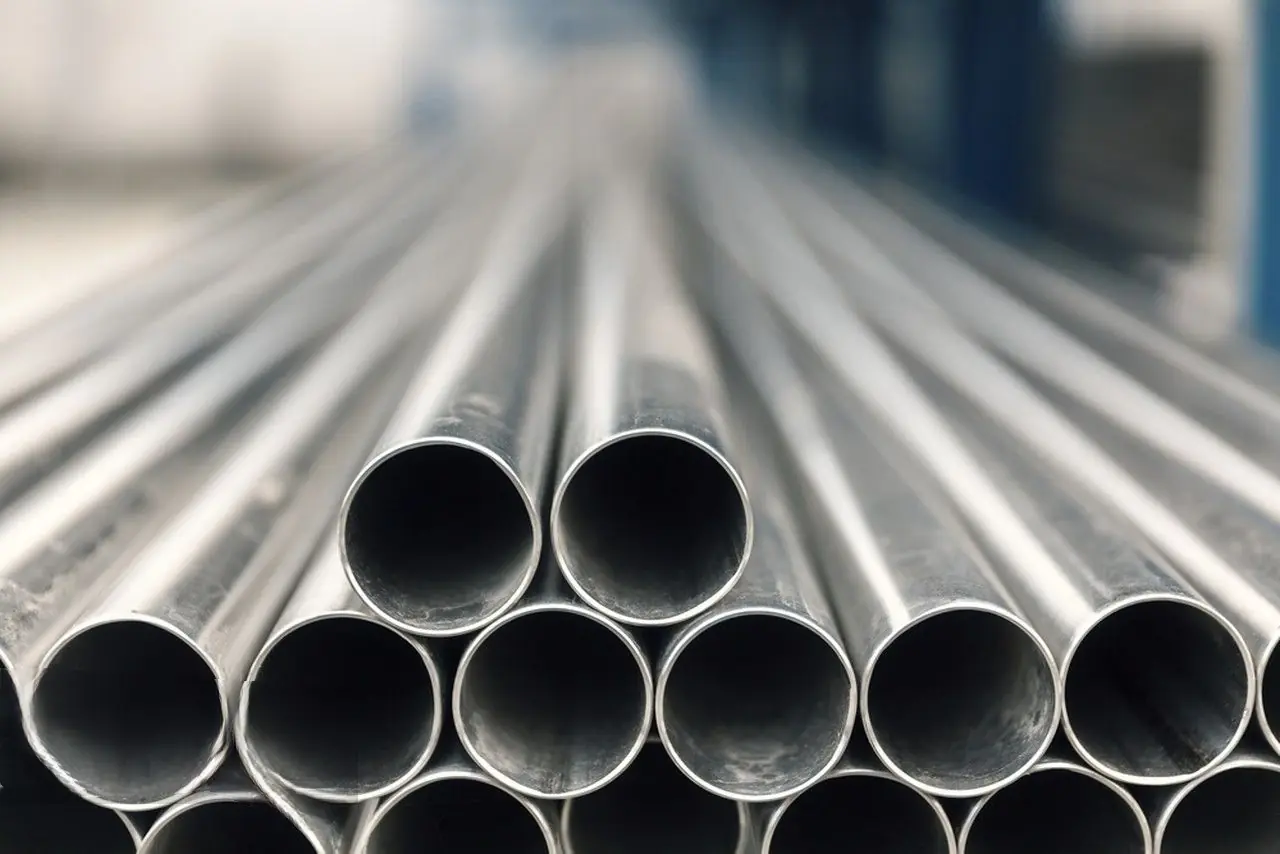
Thinking about cost requires a shift in perspective from "price" to "value." I remember a client in India who was building a coastal processing plant. They were set on using 316L for their piping systems because it was the "standard." We sat down and ran the numbers. By switching to Duplex 2205, they could reduce the required wall thickness by nearly 30% due to its higher strength. This not only lowered the total material tonnage needed but also reduced shipping weight and made installation easier and faster. The initial per-kilo price for Duplex was higher, but the total project cost came in nearly 15% lower. That is the definition of cost-effectiveness.
Understanding the Cost Drivers
The primary driver for the cost of austenitic and duplex steels is the price of alloying elements, especially nickel and molybdenum.
- Nickel: Crucial for the formability and stability of austenitic grades. Its price is notoriously volatile.
- Molybdenum: Added to grades like 316 and duplex steels to enhance resistance to chloride corrosion[^2].
- Chromium: The fundamental element for all stainless steels, providing basic corrosion resistance.
Because duplex steels have lower nickel content than comparable austenitic grades, their price can be more stable and often more competitive, especially when their strength advantage is factored in.
A Comparative Look at Value
| Pipe Type | Initial Cost Index | Corrosion Resistance | Strength | Lifecycle Value |
|---|---|---|---|---|
| Ferritic (430) | Low | Low | Medium | Low |
| Austenitic (304) | Medium | Medium | Medium | Medium |
| Austenitic (316L) | High | High | Medium | High |
| Duplex (2205) | High | Very High | Very High | Very High |
As the table shows, if you only look at the initial cost, you miss the bigger picture. The "Very High" lifecycle value of Duplex 2205 comes from its ability to resist failure, reduce material requirements, and avoid costly maintenance and replacement for decades.
What factors really influence the cost-effectiveness of a stainless steel pipe?
Cost is more than just the material price. Overlooking the project's specific demands can lead to budget overruns or, worse, premature failure. Let's examine the three critical factors.
The true cost-effectiveness is determined by the project’s operating environment (corrosion), its mechanical requirements (pressure and stress), and the total lifecycle cost, which includes installation, maintenance, and potential replacement.
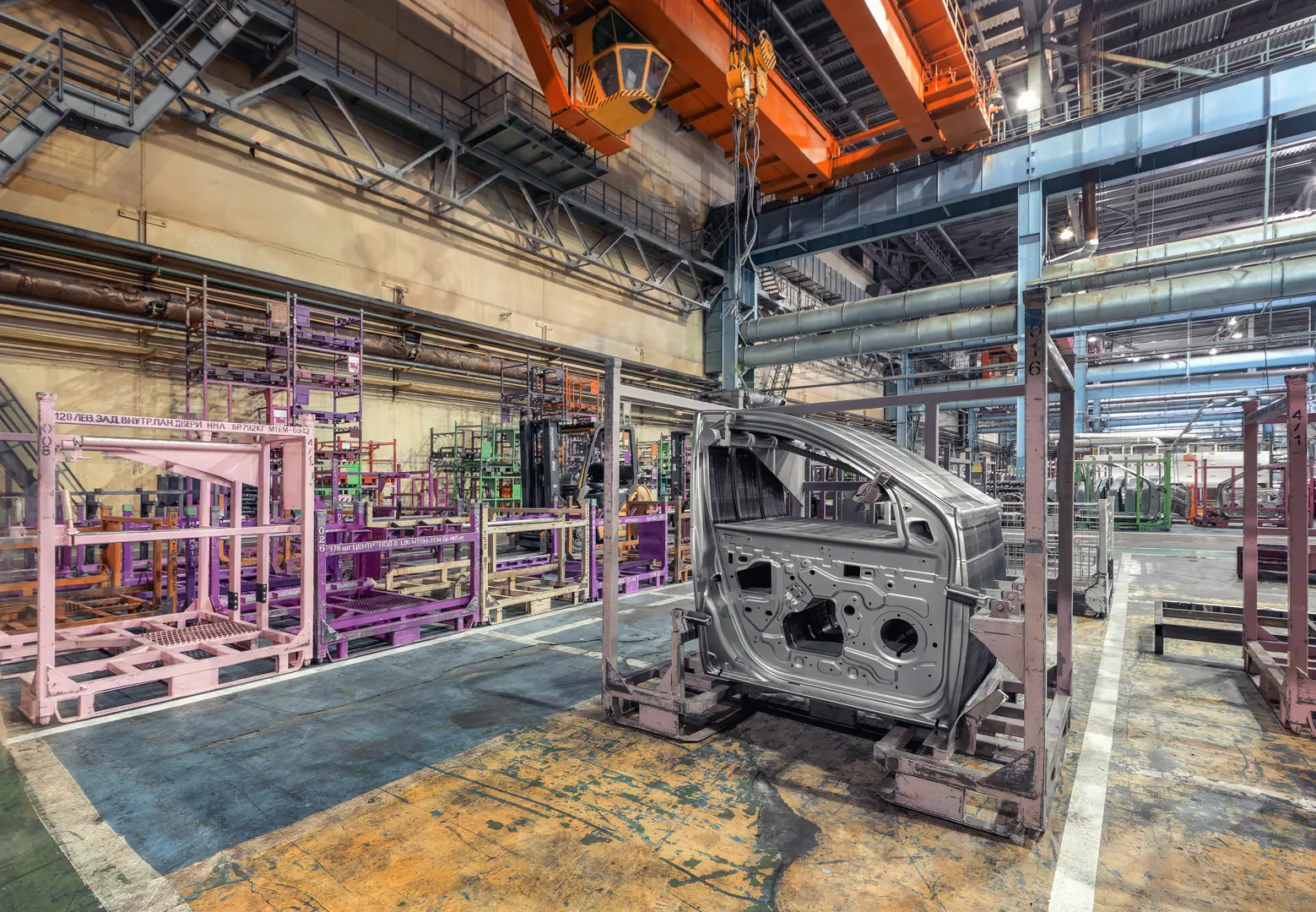
To truly determine the most cost-effective solution, you must analyze the pipe's job over its entire intended lifespan. A cheap pipe that fails is the most expensive pipe you can buy. This analysis must be thorough and honest, looking at the worst-case scenarios your project might face.
The Application Environment
This is the number one factor. You must ask: What will the pipe be exposed to? Is it carrying corrosive fluids like acids or brines? Is it located in a coastal area with salt spray? Is it exposed to high temperatures? Standard 304 steel might be perfectly fine for a freshwater system but will fail quickly in a marine environment. 316L offers better protection against chlorides, but it is vulnerable to Stress Corrosion Cracking (SCC) at elevated temperatures. This is where duplex steels like 2205 truly excel, as their microstructure gives them exceptional resistance to SCC, a common and catastrophic failure mode in many industrial processes.
Mechanical and Structural Requirements
The next question is: What physical stresses will the pipe endure? This includes internal pressure, external loads, and system vibrations. A material's strength dictates the wall thickness required to handle these forces safely. As we discussed, the superior strength of duplex stainless steel—often double that of austenitic grades—allows for a significant reduction in wall thickness. This directly translates to using less steel, which means lower material cost, lower shipping weight, and easier, faster installation. This strength advantage is a powerful but often overlooked contributor to cost-effectiveness.
Total Lifecycle Cost (TLC)
This is the ultimate measure of value. Total Lifecycle Cost = Initial Purchase Cost + Installation Cost + Maintenance & Inspection Cost + Cost of Downtime + Replacement Cost. A low initial price can be seductive, but if that pipe requires frequent maintenance or needs to be replaced in 10 years instead of 30, it is a poor economic choice. A slightly more expensive pipe that requires zero maintenance and lasts for the entire life of the facility will always be the more cost-effective option. Thinking in terms of TLC is shifting from a procurement mindset to a strategic investment mindset.
So, how do I select the most cost-effective stainless steel pipe?
With this knowledge, you need a clear process. Making a haphazard choice is a risk to your project's success. Follow this simple three-step framework for a confident decision.
First, meticulously define your project's specific environmental and mechanical needs. Second, calculate the total lifecycle cost for your top material candidates. Finally, consult with a trusted material expert to validate your selection.
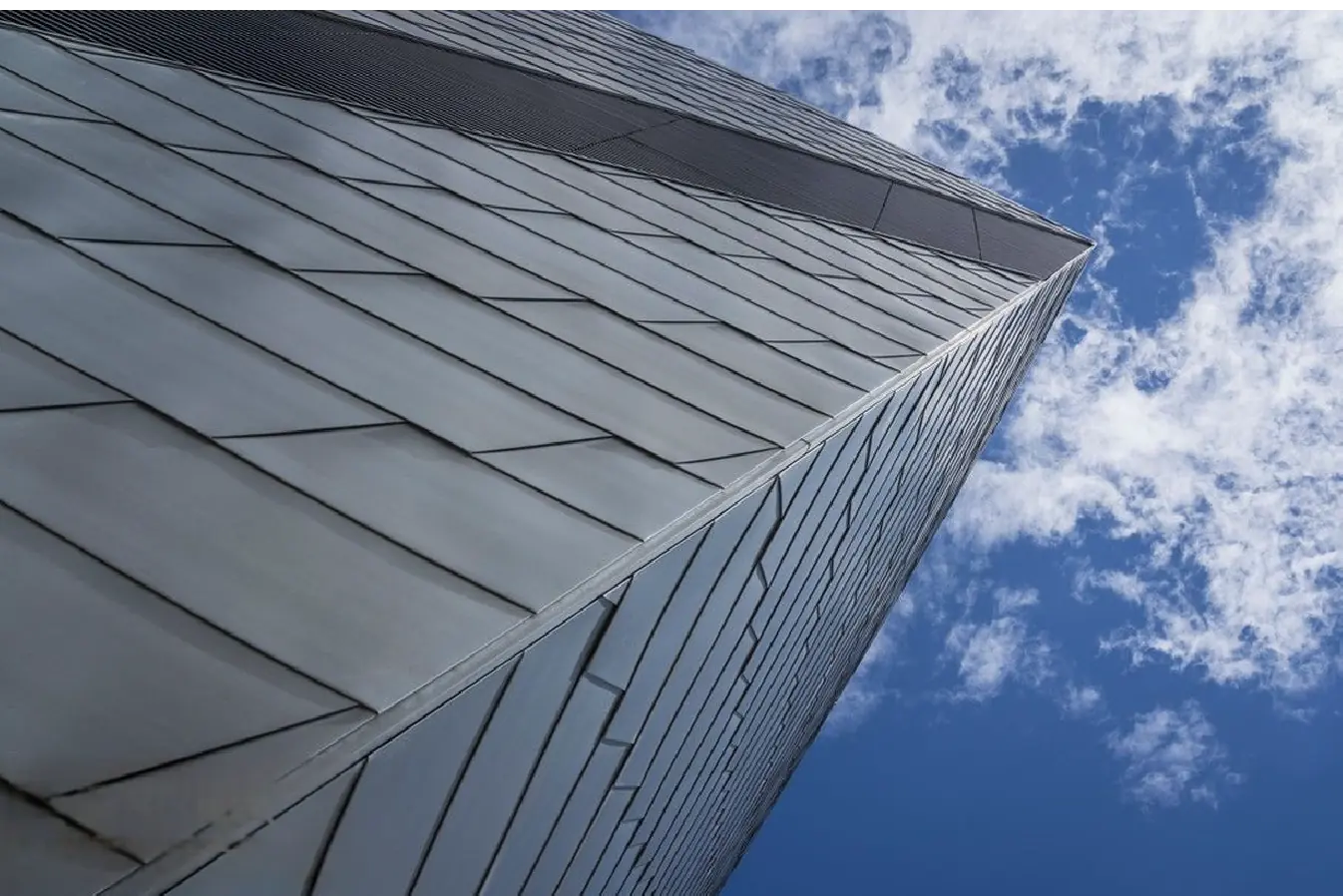
Making the right choice is a systematic process, not a guessing game. By being disciplined in your evaluation, you can avoid costly assumptions and ensure you are specifying the perfect material for both performance and budget.
Step 1: Define Your Technical Specifications
Before you even think about price, create a detailed technical profile for your piping system. Answer these questions with your engineering team:
- What specific chemicals/fluids will be inside the pipe, and at what concentrations?
- What is the minimum and maximum operating temperature and pressure?
- What is the external environment? (e.g., marine, industrial, buried)
- Are there specific code or standard requirements to meet (e.g., ASME, API)?
- What is the design life of the facility? (e.g., 20, 30, or 50 years)
This profile becomes your guide for shortlisting suitable materials.
Step 2: Model the Total Lifecycle Cost
Once you have 2-3 suitable material candidates, model their TLC. For example, compare 316L vs. Duplex 2205. Calculate the total material cost for each, factoring in the thinner wall thickness possible with duplex. Estimate installation costs—will the lighter weight of duplex reduce labor or equipment needs? Factor in any expected maintenance. A 316L system in a chloride-rich environment might require regular inspections for pitting or cracking, whereas a duplex system would not. Projecting these costs over the design life will reveal the true most cost-effective option.
Step 3: Partner with Your Supplier
A great supplier is more than just an order-taker; they are a partner. At MFY, we don't just sell steel. We work with our clients to understand their projects. We can review your specifications and help you run these lifecycle cost calculations. We bring global market insights and deep technical knowledge to the table, helping you confirm that your choice is not just good on paper, but optimal in practice. This collaborative approach de-risks your procurement and maximizes your project's value.
How can I maximize value when buying stainless steel pipes in bulk?
You need to get the best possible deal. Simple price negotiation is just the beginning. Use these insider strategies to unlock maximum value from your procurement process.
To maximize value, consolidate your orders to increase purchasing power, plan your procurement to navigate market volatility, and choose a supplier with an integrated supply chain that offers value-added services like logistics and pre-fabrication.
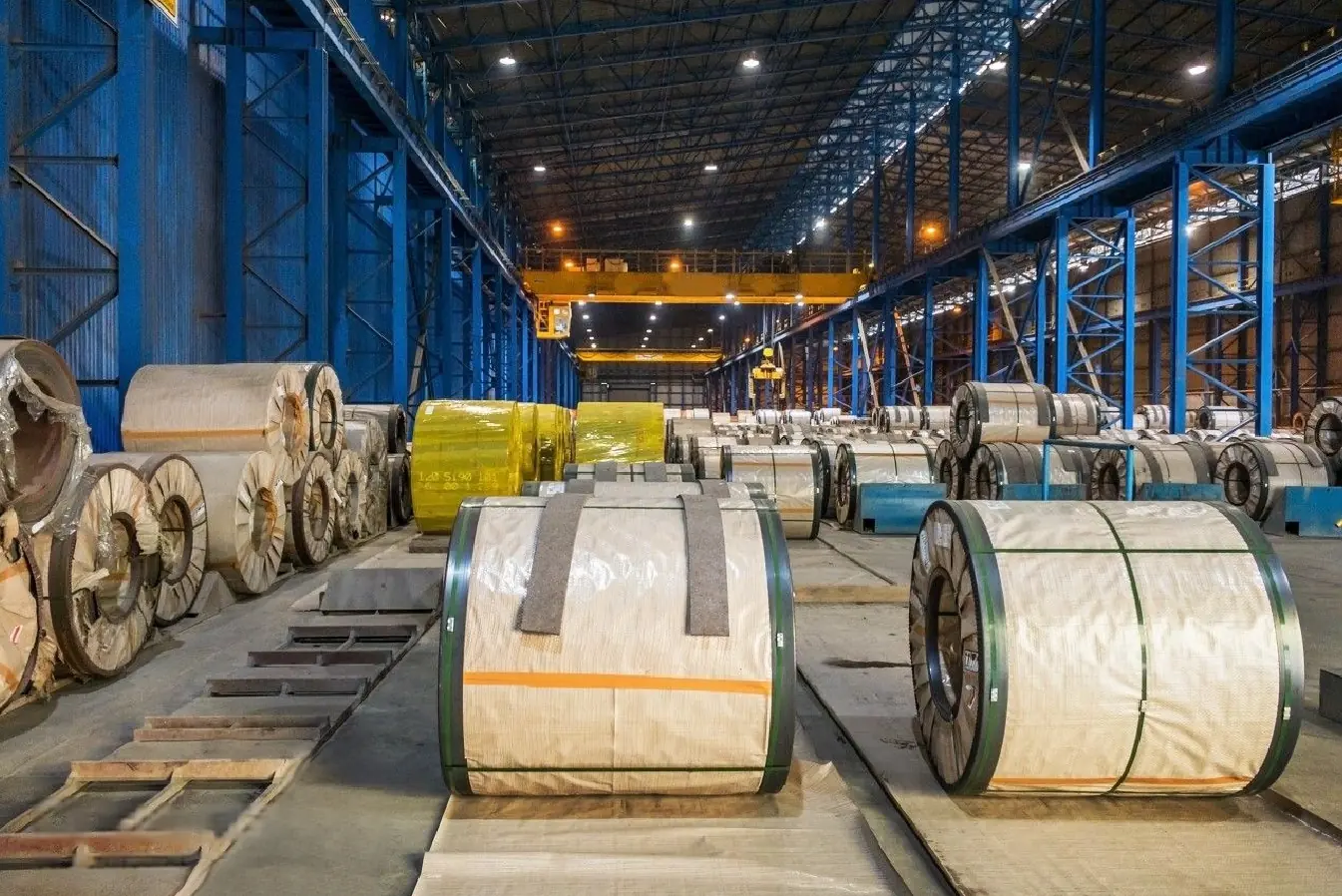
Securing the best value is a strategic activity that extends beyond the negotiation table. It involves planning, market awareness, and leveraging your supplier's full capabilities. As a large, integrated group, MFY is structured to deliver this deeper value to our partners.
Strategic Sourcing and Order Consolidation
Don't purchase pipes for your project in a piecemeal fashion. By consolidating the full requirement for a project—or even multiple projects—into a single, large bulk order, you significantly increase your leverage with the supplier. Mills and large distributors offer better pricing for larger, more predictable orders. This requires careful planning and forecasting on your part, but the savings can be substantial. It signals to your supplier that you are a serious partner, which often leads to better service and support.
Timing the Market with Expert Insight
The prices of raw materials, especially nickel, are constantly in flux. A sudden spike can dramatically increase the cost of your austenitic pipes. A truly valuable supplier partner will provide you with market intelligence. At MFY, we constantly monitor global commodity markets. We can advise our clients on pricing trends, helping them decide whether to lock in a price now or wait for a potential dip. This proactive guidance can save you tens of thousands of dollars on a large project.
Looking Beyond the Pipe to Integrated Services
The final price of your installed pipe includes more than just the material. It includes logistics, storage, cutting, and handling. A supplier with a fully integrated supply chain can help you reduce these "soft" costs. For example, at MFY, we can manage the entire export process, deliver pipes cut-to-length, and coordinate just-in-time deliveries to your job site. This reduces your on-site storage needs, minimizes handling labor, and streamlines your entire construction process. This integrated service model is a core part of our value proposition, turning a simple transaction into a powerful partnership.
Conclusion
The most cost-effective stainless steel pipe is a strategic choice, not a commodity purchase. It's about finding the material with the lowest total lifecycle cost. By analyzing your project's needs and partnering with an expert, you can confidently select a pipe that delivers performance and protects your budget.
Have Questions or Need More Information?
Get in touch with us for personalized assistance and expert advice.
